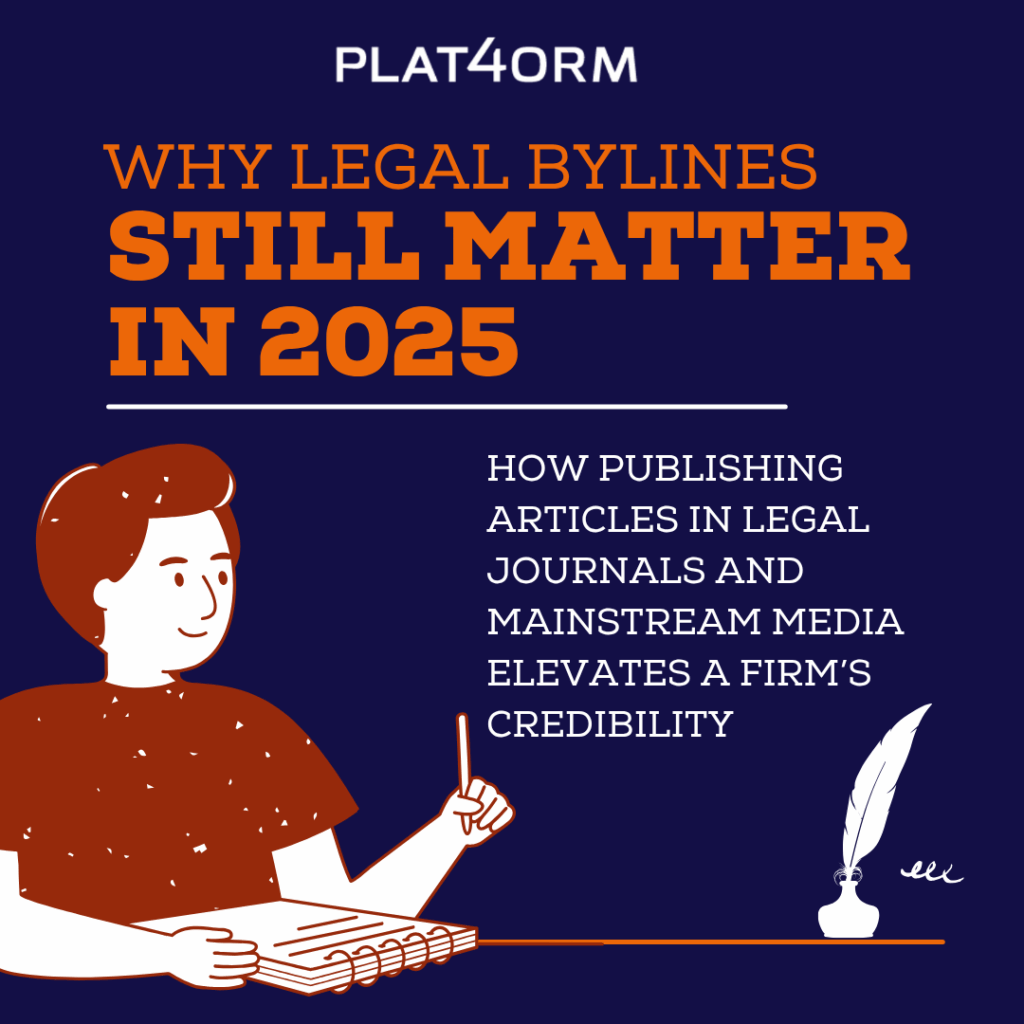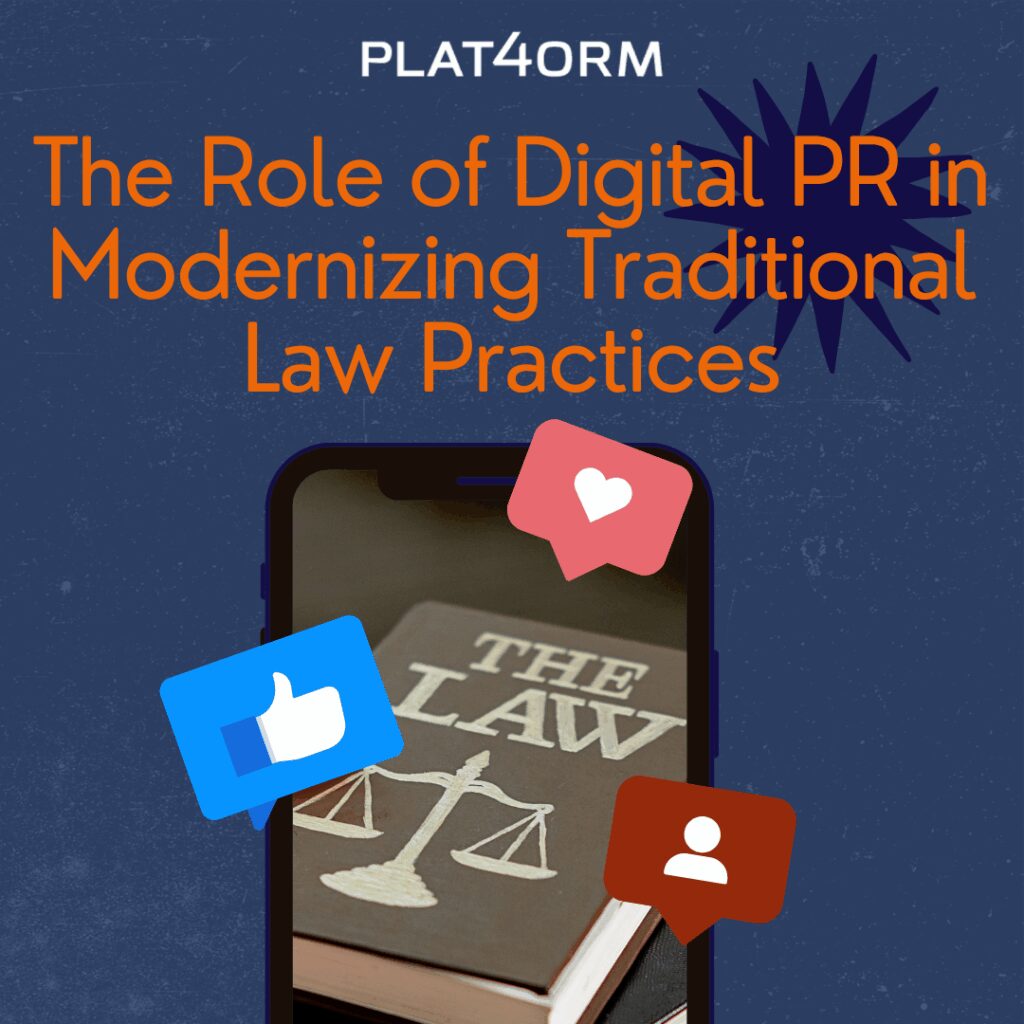
The client relationship is the backbone of any agency’s business model. Of course, good results matter, but those results depend on constructive, two-way communication and a shared sense of purpose and trust. If that breaks down, it usually leads to the end of the working relationship. For many agencies, one of the biggest concerns they face with existing clients is a change of leadership, specifically when their regular client touch-point changes. In most cases, this is the chief marketing officer (CMO).
Statistics tell us the CMO role rotates relatively frequently. Marketing is one of those divisions that tend to take a first hit if sales slow or decline. All agencies should be prepared to work with more than one CMO during the lifecycle of the client relationship. And yet all too often, managing the transition to working with a new CMO is an area where agencies struggle.
Here are our top tips for navigating a successful relationship with a new CMO:
Treat them like a new client
One of the biggest mistakes we have seen is assuming it is business as usual when a new CMO comes on board. Recognize the fact this is a new person with new ideas, new approaches, and new likes and dislikes. In terms of both collaboration and account management, what worked for the previous CMO may not work for the new one. Early on, set up a time to get to know your new point of contact and to understand how that person likes to work. While you may be tempted to show the new client how much you know and how valuable a resource you can be, this can easily backfire. The majority of new CMOs are keen to put their own stamp on things – it is usually why they are hired in the first place.
Recognize you may not be top of their priority list just yet
While most CMOs will seek to mold the marketing function in a way that works for them, the scope of a CMO’s role is broad and PR is just one component of it. It is not uncommon to work with a new CMO who initially may seem unengaged in the agency’s work – take it as a compliment that they don’t see it as an area that needed to be immediately “fixed,” and don’t overwhelm them with requests to prove your value. Be an asset and a resource, but in a way that helps rather than hinders your new client.
Build trust
Some agencies may seek to strengthen their position with the client by “going around” the new CMO. This is a common mistake. While it is always smart to strengthen relationships with a client’s C-suite and the broader marketing team in the long run, remember who makes the decisions. If the CEO appointed a new CMO, they did so for a reason, and it means they have faith in that person to lead the function. While an agency might not like all the changes a new CMO makes, don’t try to question those changes by having side-bar conversations with other executives. Once broken, trust can rarely be rebuilt.
It’s not personal
No matter how good the service an agency provides, sometimes it just comes down to the CMO’s personal preferences and comfort level. It is not uncommon to see CMOs appoint agencies they worked with in the past when they take on a new role for the very reason we outlined above – they know the agency and they already trust them. That is not a reflection of the work being done by your agency; it is human nature to gravitate towards what we know. Agencies should, where possible, invest the time to learn about a new CMO’s professional history – what agencies they have worked with in the past, whether they have done PR work themselves, and so on. While it is never great to lose a client, it is good to be prepared for all eventualities.
Be patient
Like any new relationship, it takes time to build a foundation, mutual respect, and trust. Remember your value and take the time to help the new CMO navigate new waters. He or she may be stepping into a new industry, too, and may need time to understand and build a strategy around an unfamiliar business environment. Ultimately, proving your value will be a matter of time. A changing of the guard can also mean new opportunities for your agency to grow and enhance the client relationship.

